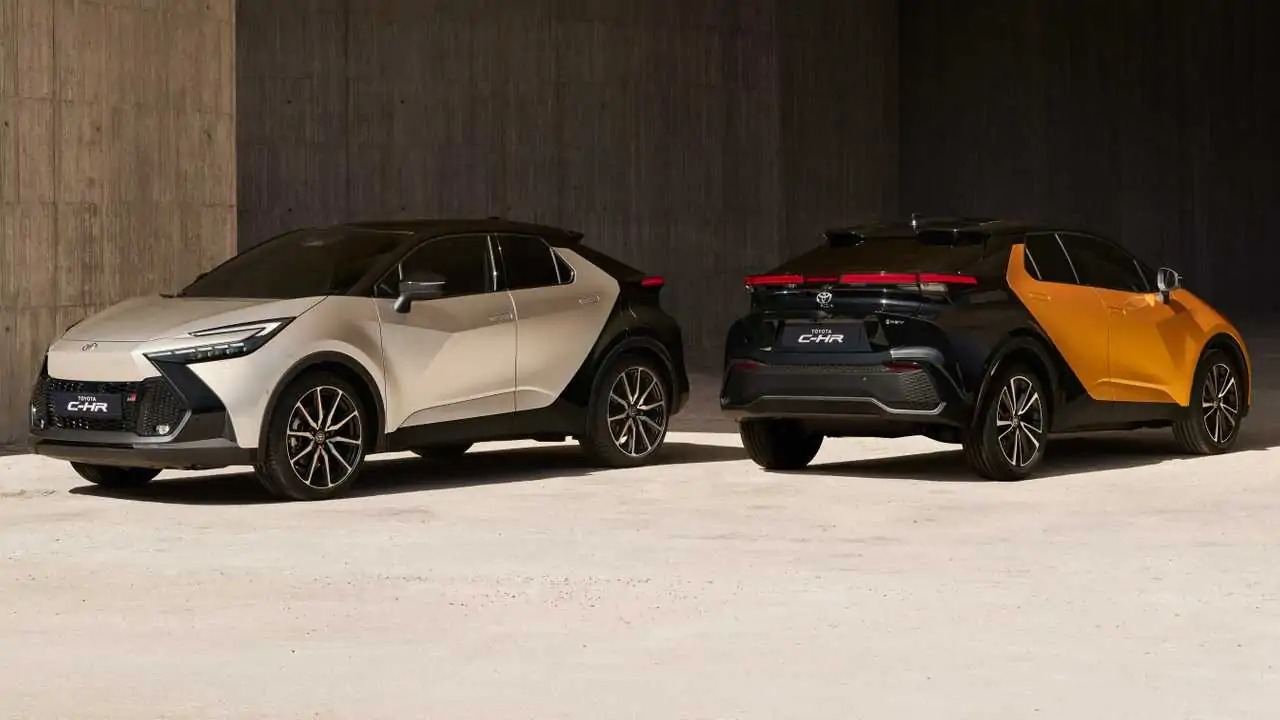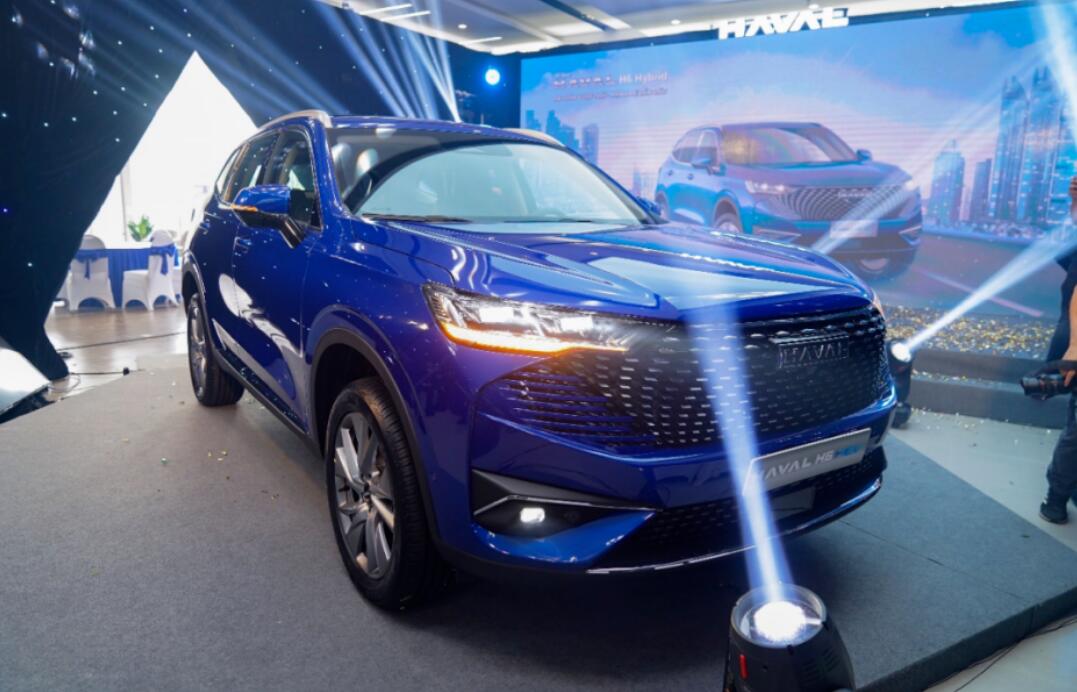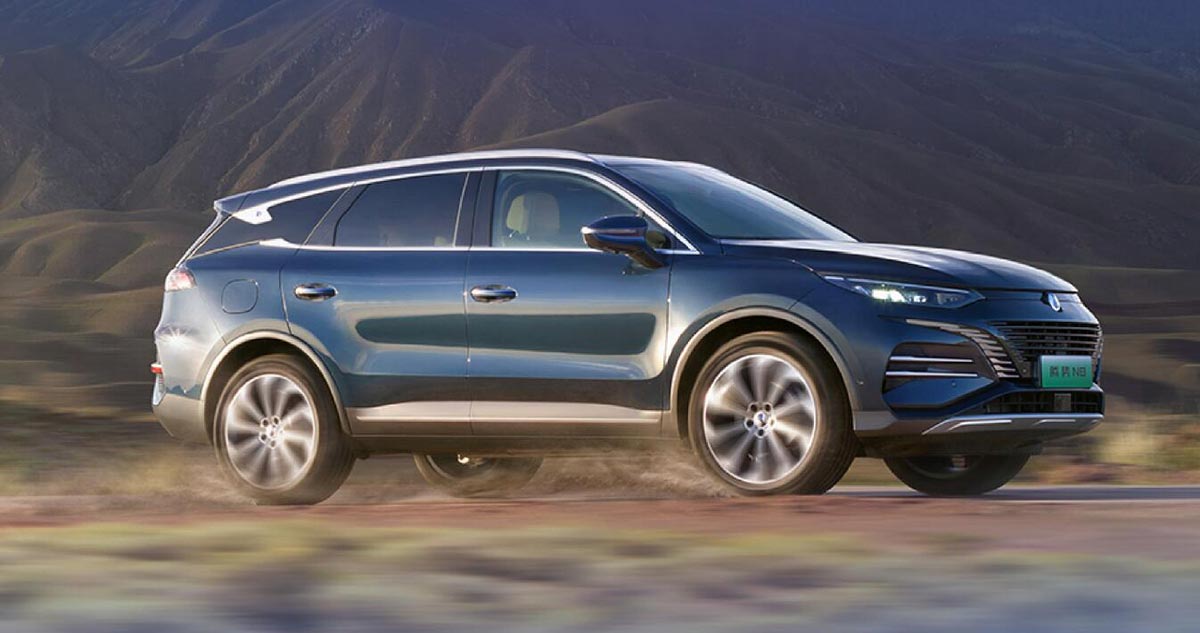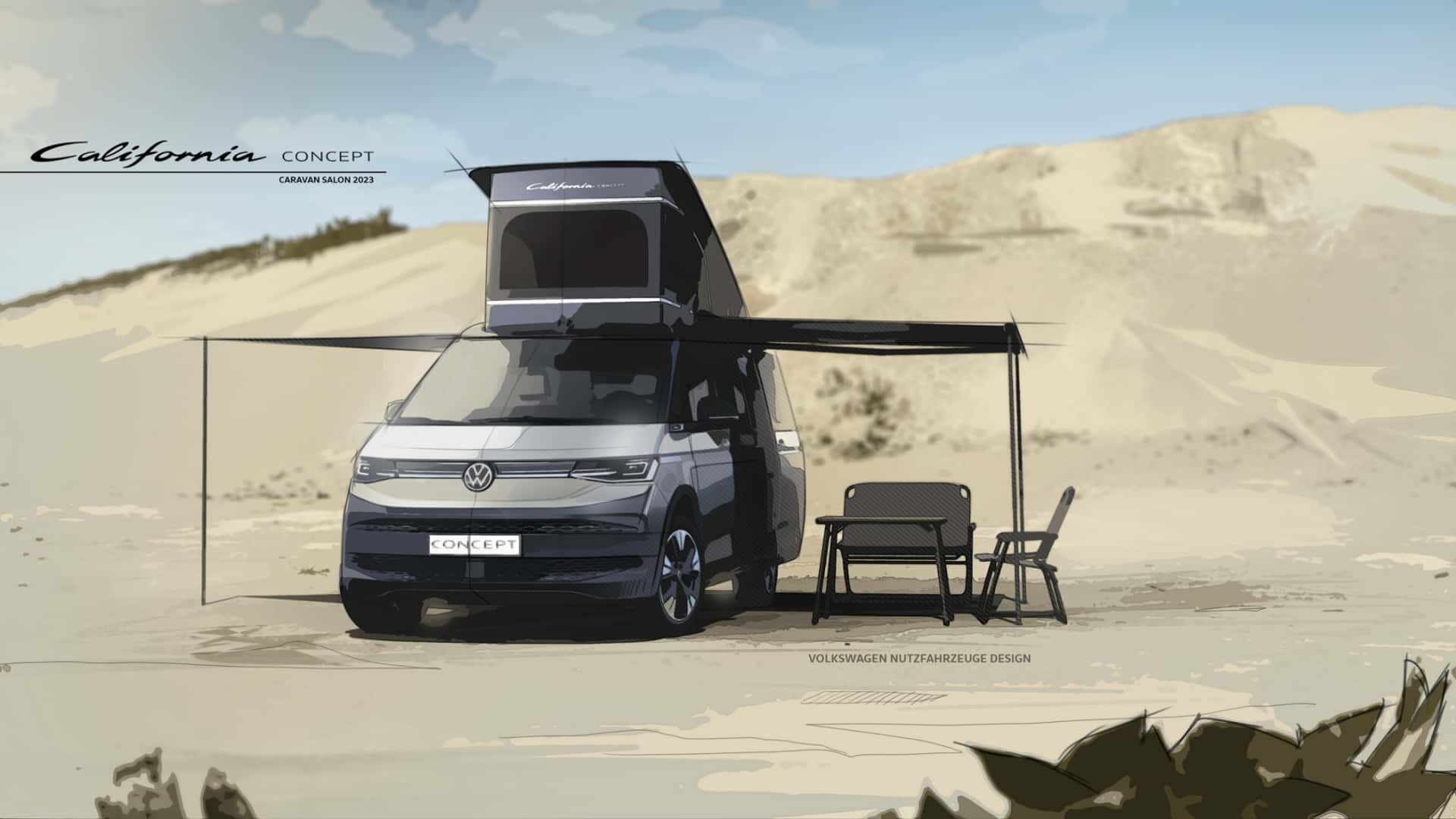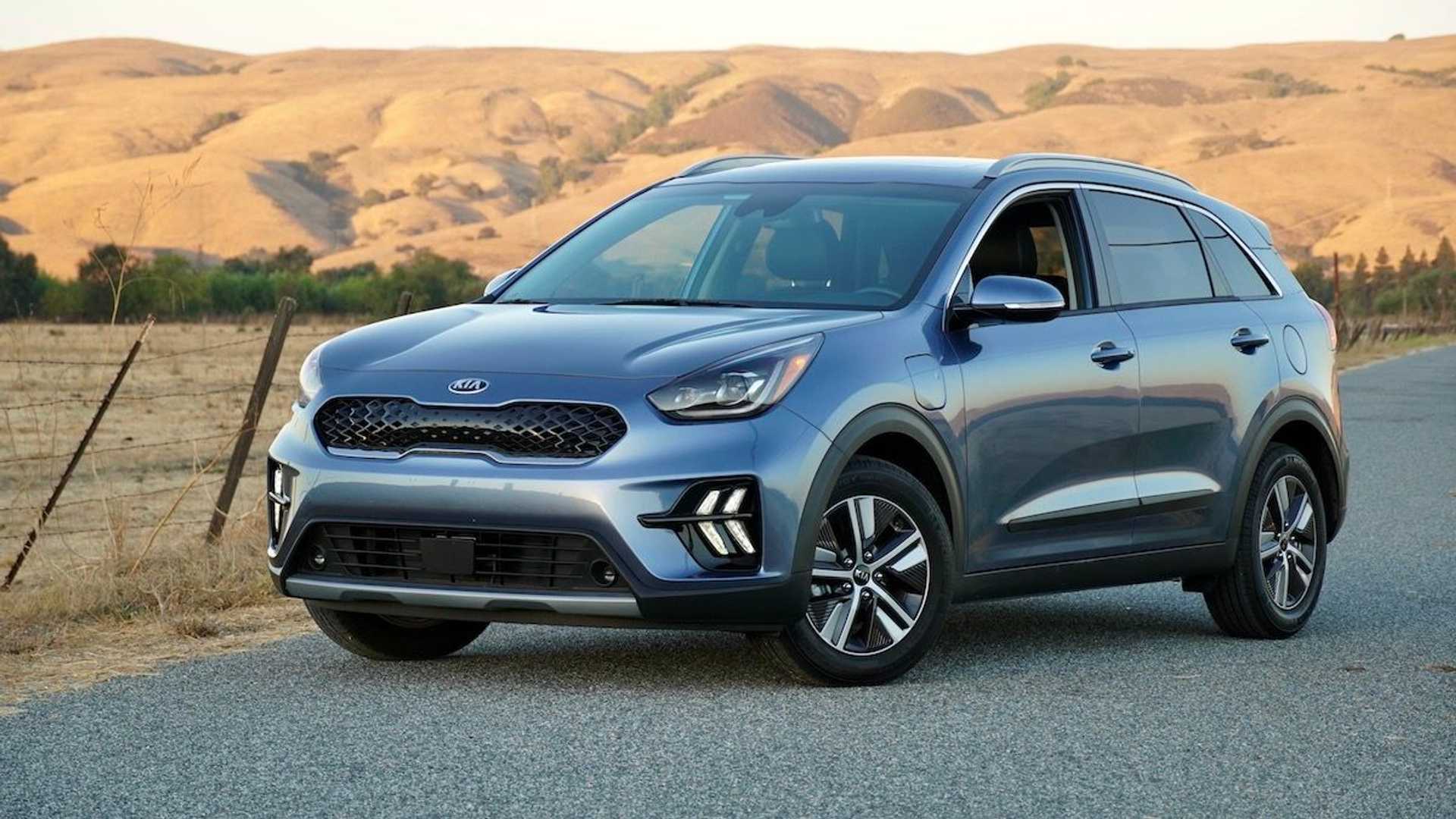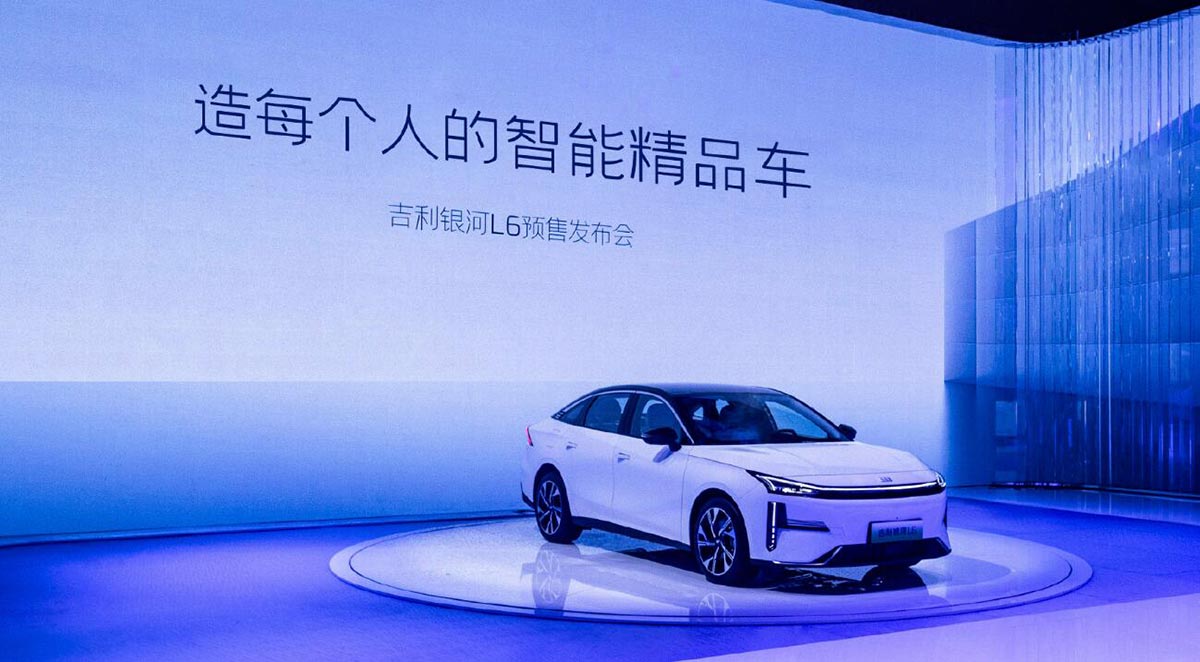In a long-awaited debut, Toyota has finally taken the wraps off the second-generation C-HR, showcasing a distinct departure from its predecessor while retaining its signature quirkiness. Originally previewed by the Prologue concept in December 2022, the production model flaunts an innovative design that is bound to make waves in the competitive small crossover segment. Developed and engineered in Europe, the 2024 C-HR not only boasts a striking appearance but also promises enhanced performance and cutting-edge features.
With its “super coupe” profile, the 2024 C-HR exudes a sporty aesthetic that catches the eye. The crossover stands out on the road with its imposing 20-inch wheels and a captivating two-tone paint job. Toyota’s relentless pursuit of seamless design is evident as the shut lines have been meticulously reduced, offering a sleeker look while seamlessly integrating cameras, sensors, and headlight washers. These improvements not only contribute to a cleaner design but also enhance the vehicle’s aerodynamics.
Measuring 4360 millimeters (171.6 inches) in length, 1830 mm (72 inches) in width, and either 1558 mm (61.3 inches) or 1564 mm (61.5 inches) in height, depending on the version, the new C-HR ensures ample space for occupants. Stepping into the cabin, passengers are greeted by a 12.3-inch fully digital instrument cluster complemented by a touchscreen of the same size. The more luxurious variants further offer a head-up display, stunning 64-color ambient lighting, a panoramic roof, and an immersive JBL sound system. Toyota, in a departure from some of its competitors, retains physical buttons for frequently used functions, preserving convenience and ease of use amidst the advancing trend of larger screens in modern vehicles. The interior of the GR Sport Premiere Edition, characterized by bold red accents and a prominent GR badge, brings an additional touch of sportiness both inside and out.
Staying true to its commitment to sustainability, Toyota will exclusively offer hybrid powertrains for the European market. Front-wheel drive is standard for both the 1.8-liter unit and the 2.0-liter plug-in hybrid, while the 2.0-liter hybrid version can be equipped with optional all-wheel drive. The base 1.8-liter hybrid generates a combined output of 140 hp (103 kW), followed by the 2.0-liter setup with 198 hp (145 kW), and the plug-in hybrid variant boasting 223 hp (164 kW).
When it comes to performance, the entry-level 1.8-liter hybrid achieves 0 to 62 mph (100 km/h) in 9.9 seconds, with a top speed of 106 mph (170 km/h). The front-wheel-drive 2.0-liter model accelerates from 0 to 62 mph (100 km/h) in a swift 8.1 seconds, while the all-wheel-drive variant completes the sprint in 7.9 seconds. Both 2.0-liter hybrid models can reach a top speed of 112 mph (180 km/h). As for the plug-in hybrid version, it sprints from 0 to 62 mph (100 km/h) in 7.4 seconds, with a top speed matching that of the 2.0-liter hybrid models. Additionally, the PHEV model boasts an electric range of 41 miles (66 kilometers) when fully charged, allowing for emission-free driving.
Toyota has already initiated online reservations for the 2024 C-HR in Europe. Alongside the GR Sport Premiere Edition, which features sporty enhancements both inside and out, the lineup includes the High Premiere
Edition, catering to customers seeking an elevated level of sophistication. While its predecessor was available in the United States, Toyota has decided not to offer the second-generation C-HR in the American market. With its striking design, advanced features, and eco-friendly powertrains, the 2024 C-HR aims to carve its niche as a frontrunner in the highly competitive crossover segment.

